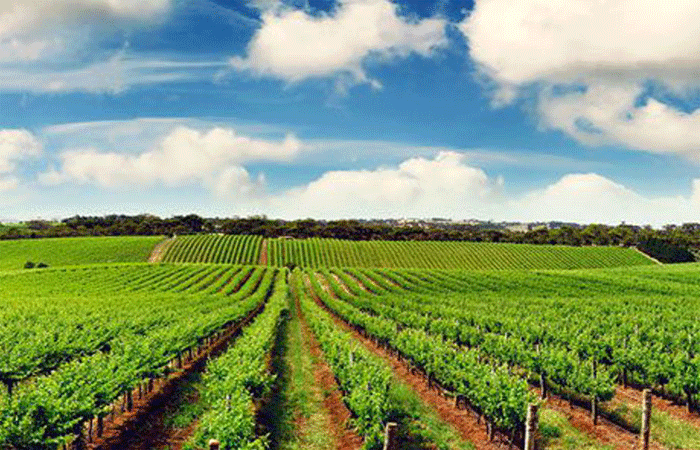
- Every one degree Celsius increase in temperature can reduce agricultural income in kharif by 2.5% and in sun season by 6%.
The issue of pollution has been a hot topic in the country for some time now and the Supreme Court itself has had to step in. Although many steps have been taken in this regard, no concrete results have been seen till date. Thus, the cock is confused on this issue. The important thing here is that we are concerned about pollution but ignoring the effects of climate change on the agricultural sector. The agricultural sector is also being adversely affected by this issue and needs to be protected.
Despite the increase in global warming-driven weather uncertainties, especially in view of the severity and frequency of extreme weather events, this is reflected in agricultural production. Despite extensive fluctuations in monsoon rainfall and an increase in the frequency of natural disasters due to the weather, almost all agricultural activities such as crop growth, horticulture, animal husbandry and fisheries continue to reach new heights.
Nothing can be said with absolute certainty about how much the potential changes in climate will affect the agricultural sector. The findings of various studies conducted by national and global organizations and the estimates made by the United Nations Framework Convention on Climate Change (UNFCCC) present a mixed picture and in some cases a confusing picture. Broadly speaking, there are indications that monsoon rains have been declining so far. However, the heat-induced addition to the hydrological cycle, though negligible, may result in an increase.
According to an assessment conducted by the Indian Council of Agricultural Research, between 2030 and 2020, the total productivity of paddy is expected to decline by 7.5 per cent. Irrigated paddy yields could fall by seven per cent by 2020 and 10 per cent by 2020. By the end of this century, wheat production is projected to decline by 2.0 to 8 percent and maize production by 15 to 6 percent. But chickpeas could benefit from this emerging climate, which could result in an increase of 5 to 6 per cent in its yield.
The real concern is the projected decline in farm income. The government's 2015 economic review estimates that a one degree Celsius rise in temperature could reduce agricultural income in non-irrigated areas by 7.5 per cent in kharif and six per cent in the sun season. Many signs of climate change are already appearing.
More than 100 years of meteorological data compiled by the Indian Meteorological Department shows that 15 out of 15 years have come between 2005 and 2020. The last two decades have been the hottest on record from 2001 to 2010 and from 2011 to 2020. In fact, the year 2020 was the eighth hottest year since 1901.
In terms of rainfall, weak monsoon has been observed in 12 out of 5 years of this century. This latest round was from 2012 to 2016. The months of July and August, which are considered to have the highest rainfall periods, recorded very little rainfall. The month of September saw unusually high rainfall during the monsoon retreat phase.
Such an abnormal climate will directly and indirectly affect agriculture due to pests and crop diseases by reducing water availability and reducing crop yields. Dairy and fisheries sectors are also likely to be affected due to the intensity, frequency and duration of climate patterns, extreme weather events, glacier melting, sea level rise, sea acidification, rain pattern and river flow. A large number of reservoirs have been created to facilitate crop irrigation in the critical stage of plant growth.
As a result, yields have increased by up to 5 per cent in some areas with low rainfall. Situation-specific advanced techniques have also been developed to make agriculture climate-resilient and farmers have been successfully transferred to climate sensitive districts. Some climate resistant crop varieties have been developed and many varieties are in progress.
More importantly, contingency plans have been prepared for 20 districts to address climate-related anomalies.
However, agricultural scientists are constantly striving to develop ways and means to deal directly with climate change. However, it is the responsibility of state governments to ensure that the success of their efforts depends on the effective implementation of these technologies in the field.
Comments
Post a Comment
What you think give us your idea about this article we publish your words on our site